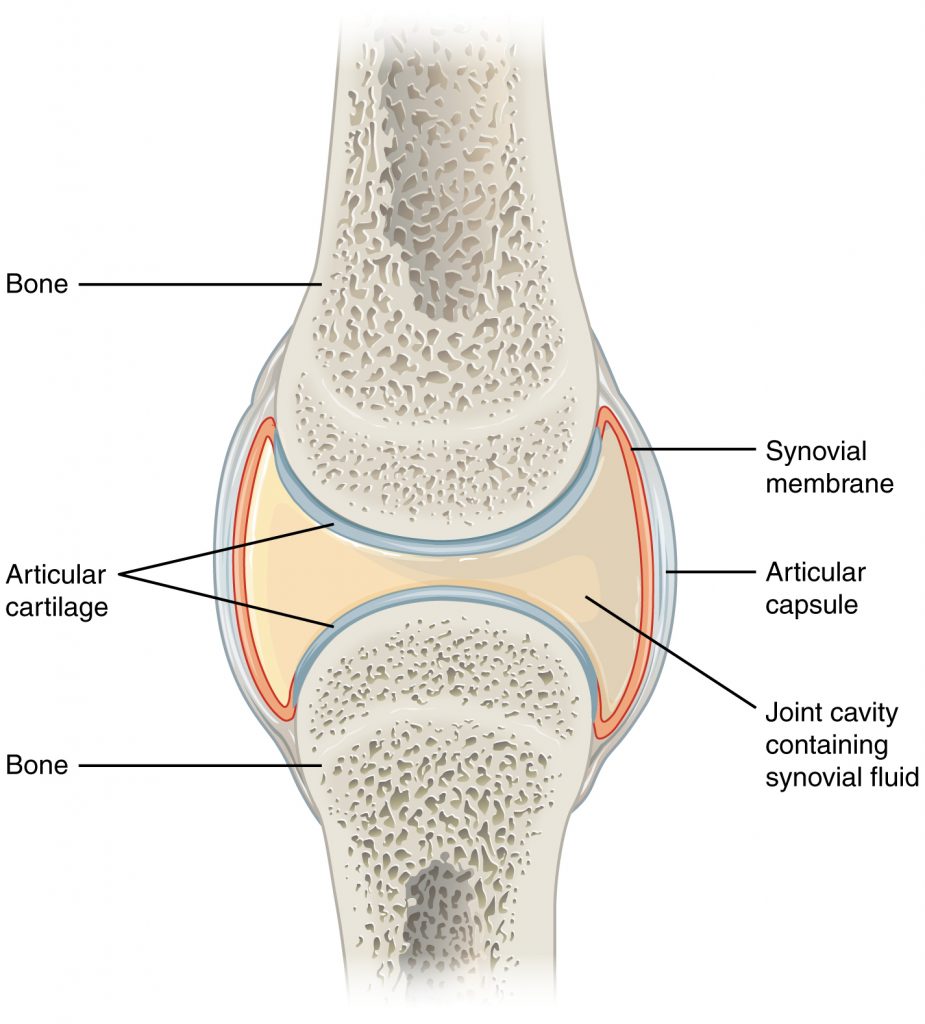Bone and cartilage are specialized forms of connective tissues. These are composed of cells embedded within an extracellular matrix. Bone and cartilage are both needed to protect the vital internal organs of the body & provide protection to structural support and give surfaces for muscle attachment.
Bones are complex tissues that form the skeletal structure of our bodies. Cartilages are not as hard as bones, found in areas of the ear, nose, and joints in our body.
Index
What are Bones?
Bones are a type of tissue that comprises blood vessels and cells. Bone provide support and shape for the body & protection for some organs. These are highly rigid connective tissue that forms the skeleton of vertebrates.
A newborn baby has around 300 bones, & by the time the baby becomes an adult, only 206 bones remain, as bones are being fused together over the period.
They also are storage sites for minerals and provide the medium—marrow—for developing and storing blood cells.
Functions of Bone
The primary function of bones are:
- Serve as storage for minerals.
- Provide structural support.
- Protect the internal organs.
What are Cartilages?

Cartilage is a thin, fibrous, flexible connective tissue, mainly found in the external ear, larynx, respiratory tract, and the articulating surface of the joints.
Cartilages lack blood vessels; hence the growth and development of these tissues are slower than other tissues. There are three types of cartilages:
- Hyaline Cartilage
- Fibrocartilage
- Elastic Cartilage
Functions of Cartilage
The primary function of cartilage are:
- Help to keep the trachea Open & Flexible.
- Aid in weight-bearing joints, absorb impact from movements & disperse body weight.
- Cushioning joints, allowing gliding movements & reduces friction between bones.
Comparison Between Bone and Cartilage
Here’s the comparison table which shows the difference between bone and cartilage.
| Sr.No. | Bones | Cartilages |
| 1. | Bones are the rigid, inelastic, and a tough structure composed of & flexible connective tissue that organs & give shape to the body. | Cartilages are soft, simple connective tissues that protect protects & offer flexibility to the joints, and protects from external and internal shocks. |
| 2. | There are two types of Bones: Compact & Elastic Cartilage. | There are three types of cartilages: Spongy & Hyaline cartilage, Fibrocartilage. |
| 3. | Bones are made up of osteoblasts, osteoclasts, and osteocytes. | Cartilages are made up of chondrocytes. |
| 4. | The matrix involved is both organic & inorganic. | The matrix involved is entirely organic. |
| 5. | Blood vessels are present. | Blood vessels are absent (nutrition obtained through diffusion). |
| 6. | Bones have Calcium deposits. | Cartilages may or may not have Calcium deposits. |
| 7. | Bones have a rich blood supply. | Cartilages do not have a blood supply. |
| 8. | The bone grows bidirectional. | Cartilages grow unidirectional. |
| 9. | Calcium Phosphate(CaPO4) is present in the matrix | Absence of Calcium Phosphate. |
| 10. | Bone Marrow is present. | Bone Marrow is absent. |
| 11. | Haversian System is present. | Haversian System is absent. |
| 12. | Volkmann Canals are present. | Volkmann Canals are absent. |
FAQs
Bone gives structural support & protect the internal organs and the cartilage absorb the impact from movement & provide cushioning to the joints.
Bone is a type of tissue that comprises blood vessels and cells. Bones provide support and shape for the body & protection for some organs.
Cartilage is a thin, fibrous, flexible connective tissue, offers flexibility to the joints and protects from external and internal shocks.
Collagen and calcium make bone strong and flexible enough to withstand stress.
More on Comparison Topics:
